
Denise
Professor Communication and Media
Denise is a devoted organic gardener who challenges herself to live as sustainably as possible in her home in southeastern Pennsylvania. She is a professor in the Department of Communication and Media at West Chester University with a Ph.D. from Kent State University. Her teaching and research areas consist of sustainability, close interpersonal relationships, integrating work and family, and conflict resolution.
Learn more about Denise
April 28, 2023
In the Garden of Deeden: Foraging
Families in Amazonia certainly rely on their home gardens for much of their food, and take surplus to markets in Iquitos or Puerto Maldonado, for example, to supplement their income and to purchase items not grown at home. Foraging, though, in the forest is also a source of food be it meat from hunting or fishing, medicines from plants like Cat’s Claw, fruits like Camu Camu or nuts like Brazil nuts. Hunting and gathering is still a strong aspect of life in Amazonia, especially for communities living in voluntary isolation.

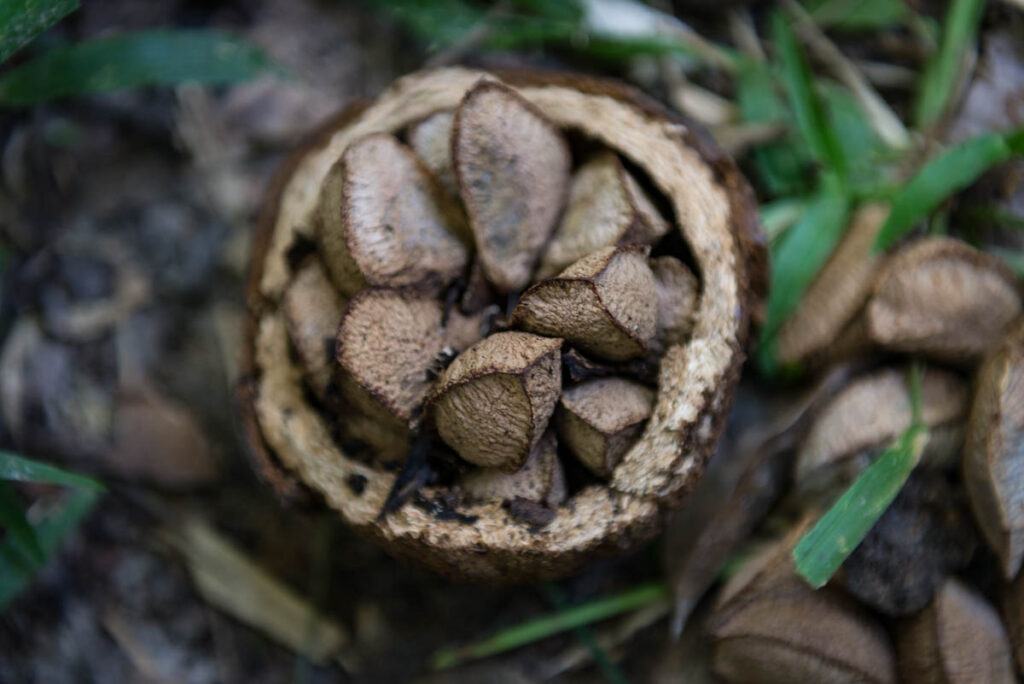
Member of the Ese’Eja Tribe gathering Brazil Nuts in the Peruvian Amazon. Photos by Jon Cox and Andy Bale.
In city or suburban communities in the United States, most people get the majority of their food from a grocery store, hunting and gathering in its various food aisles! Others are lucky to have a farmers market or even have space to grow some of their own food, like I do.
People who don’t have garden still have alternatives to the store for at least some of their food, and it’s picked fresh, so it also holds onto the nutrient value. It’s called foraging, and with the growing season upon us, now is the time to put your “gathering plan” into action.

Tips for foraging
Foraging has become trendy in recent years. By definition, it is gathering wild food. However, you may be able to forage in your own backyard. Other options may include public spaces such as:
- Public parks or green spaces (be sure to check your municipality doesn’t have laws against it).
- Your neighbors may be delighted to allow you to forage in their yards (but ask first and be sure to thank them).
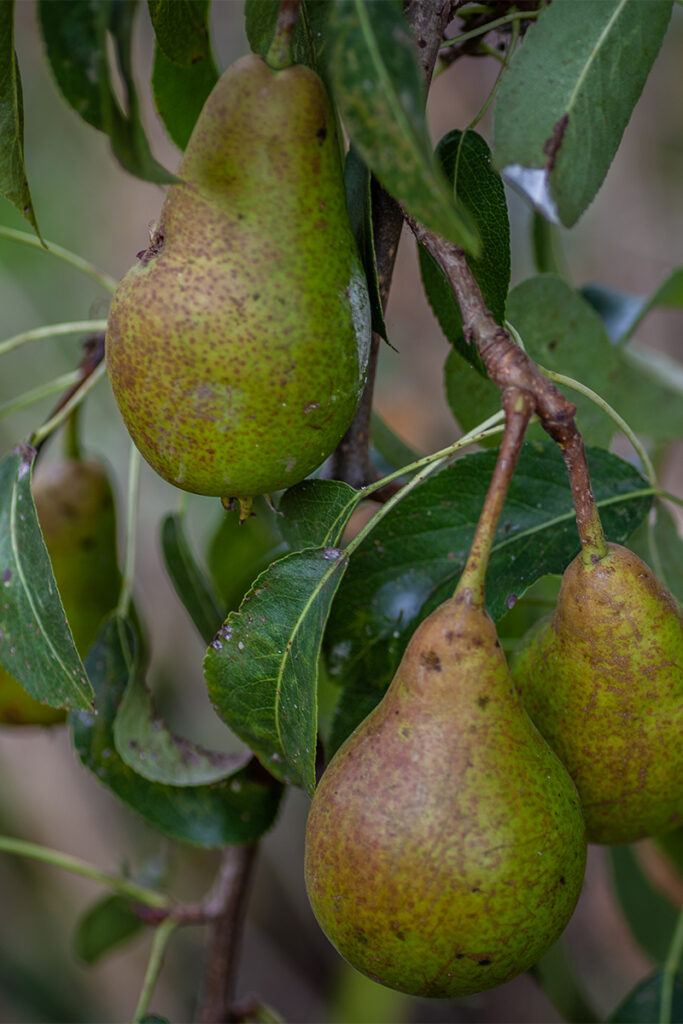
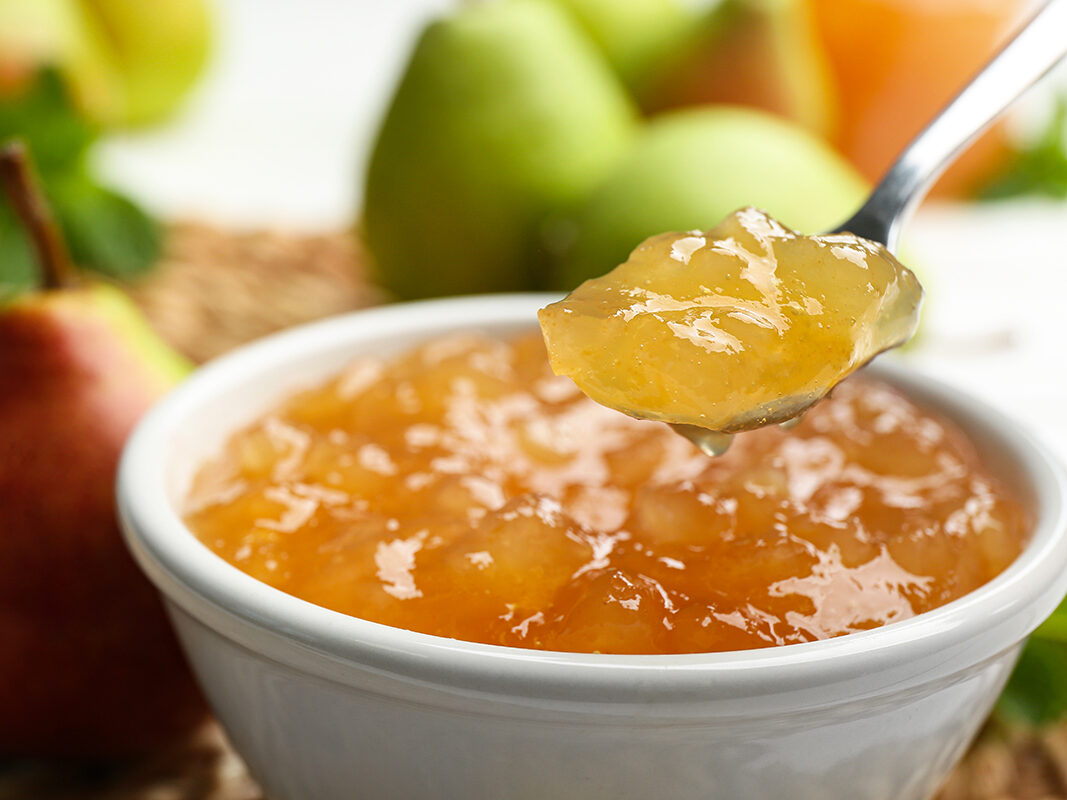
My neighbors have pear trees and were too happy to let me pick the pears since the squirrels often take one bite and drop them to the ground. I donated some of the pears and used the rest to make spiced pear jam for holiday gifts.
When foraging, it’s important to:
- Be Aware. Ensure the food you gather hasn’t been sprayed with pesticides
- Read Up. Know exactly what you’re gathering. Do your research or go gathering with a mentor. For example, I would not even attempt to forage for wild mushrooms on my own since so many are poisonous and may even look like edible counterparts.
- Don’t Waste. Learn what to harvest, whether it’s flowers, leaves, or roots.
- Take Only What You Need. A cardinal rule for foraging is to take only what you need – even if no other person is picking those berries, they are a food source for birds and other creatures.
What to Forage


Wild blackberries, Photos by Terri Shadle
Fruit
Even though I garden, I also enjoy foraging. For example, I typically make smoothies for breakfast, and I love to include berries with my greens, especially since berries tend to be very high in antioxidants. At the very end of my street there’s an apartment complex with some mature mulberry trees, whose branches extend over their property fence.
For several years, I have walked there and gathered mulberries. I’ve even had apartment residents engage me – anything from “Did you just put that in your mouth and eat it?” to “I remember picking those berries with my grandparents when I was a kid.” Sometimes I’ve gathered four or more quarts of berries. After the mulberries come wineberries, a wild relative to the red raspberry. I’ll always eat some fresh, but I freeze most of them for later by laying them on a baking sheet in a single layer, freezing, and then putting the frozen berries into freezer bags for storage.
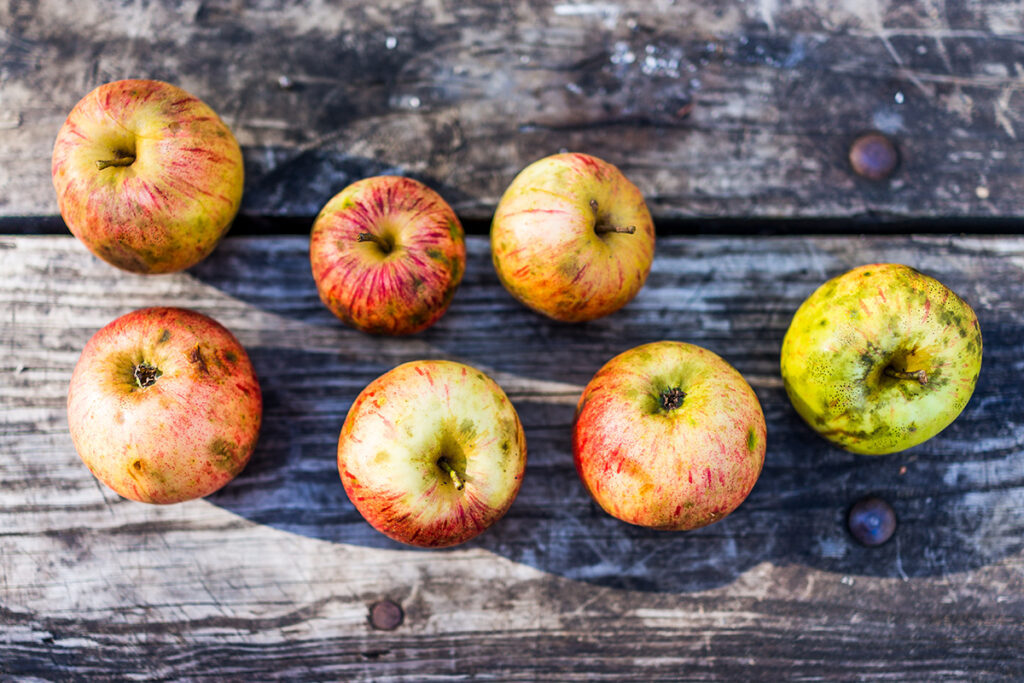
Around the corner from me is a business office with a robust apple tree growing in its courtyard, and not too far away is a neighbor with a pear tree. After asking permission, I regularly gather copious amounts of fruit for myself and to donate to a local food pantry. The owners are thrilled their bounty is being put to good use.
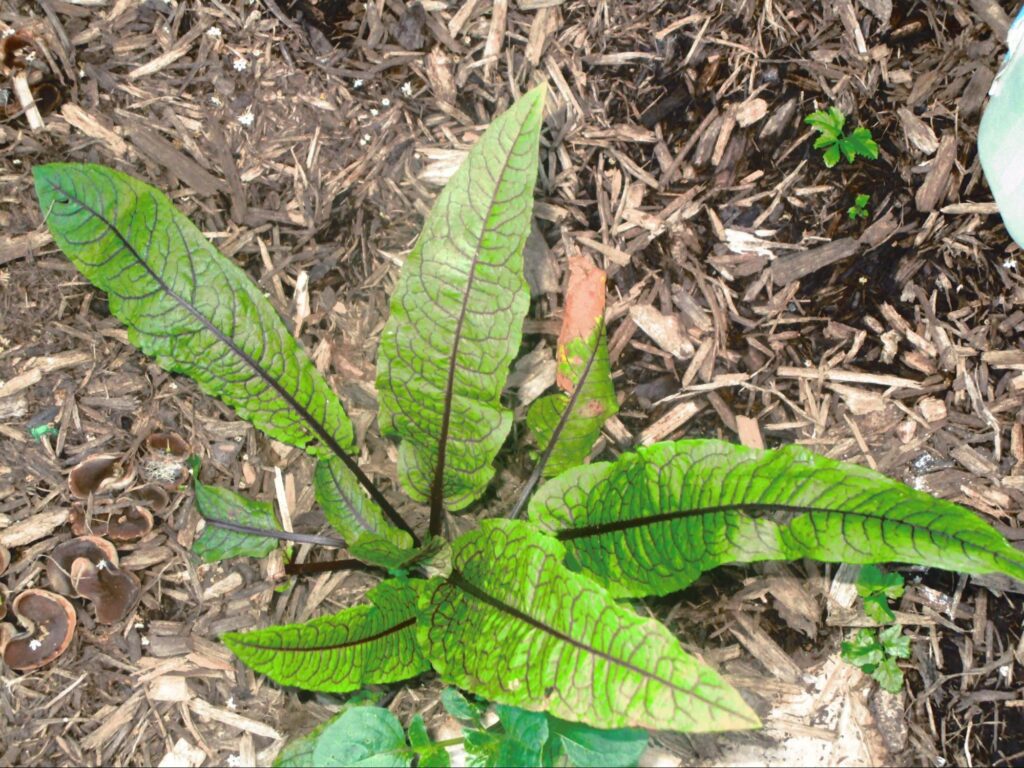
Edible Weeds
Perhaps the most available things to forage are edible weeds. Yep. I eat weeds. Katrina Blair wrote a book on 13 weeds that grow across the globe and can be used for both food and medicine. These weeds are powerhouses of nutrition, sometimes far exceeding even the healthiest of cultivated veggies. For example, purslane, which has more than 50 species, is a low-growing succulent herb. According to Blair, it is documented as one of the most nutritious plants on Earth – rich in fiber, vitamins A, B, C, E, B complex, riboflavin, iron, folate, and has more omega-3 fatty acids than any other known plant.
Be sure to learn what to harvest – whether it’s flowers, leaves, or roots. Sometimes, like with dandelions, it can be all parts of them. Flowers, likely sauteed, make a great topping for a salad and are rich in beta carotene. Leaves can be eaten raw or lightly cooked, are delicious in their own right while also effective as a diuretic.
The red sorrel above (aka bloody dock) showed up in my yard and has spread (not uncontrollably, thank goodness). It’s one of those 13 nutritional powerhouses, high in vitamins A & C, iron, and potassium. Decoctions of the leaves can be used externally for healing burns and cuts. It’s a bit bitter and citrusy herb. Harvested when small, it can be added to salads, but it is good to cook if harvested when more mature. There’s also French sorrel and broadleaf sorrel as well as other types, also very nutritious. I even transplant purslane into some of my larger potted plants when they’re outside for the summer since I can eat it, and it also acts like a mulch to suppress weeds.
Other things that you may learn to identify easily could be wild garlic, motherwort, garlic mustard, and rose hips for a few examples.
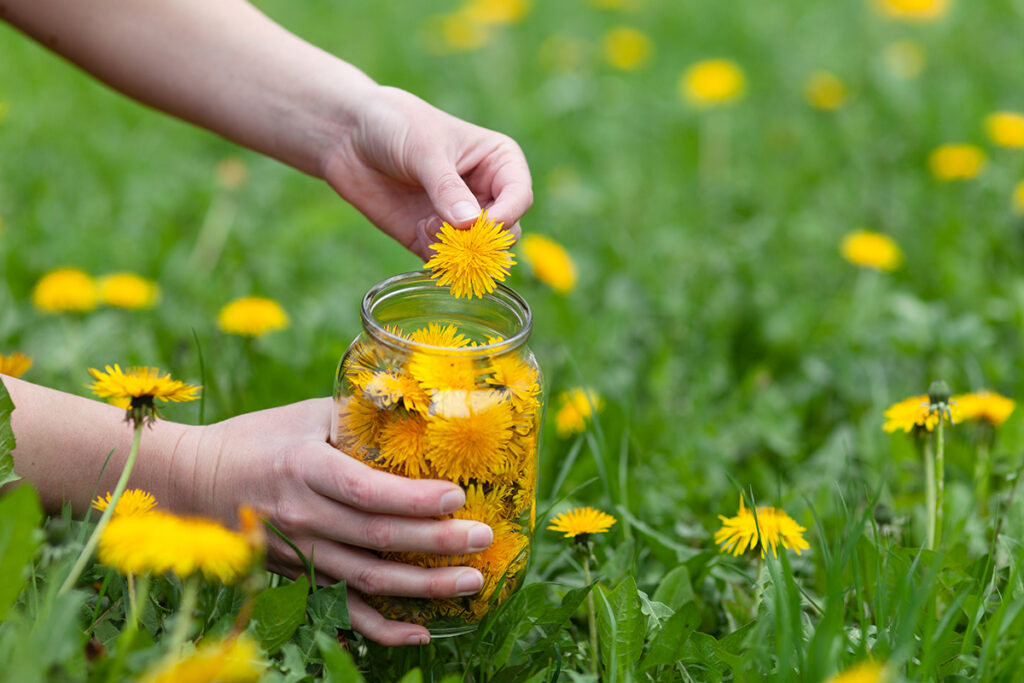
This list is obviously not exhaustive and is based on my own experiences and surrounding ecosystem. But I will hope it will serve as inspiration for you to give foraging a try in your area: Get outside and keep your eyes open! Be creative and add some foraged weeds to your next salad or gather some ripe, juicy berries for breakfast or as a simple dessert. At the very least, you may be able to surprise some of your friends with your culinary prowess and sense of adventure.
References:
Blair, K. The Wild Wisdom of Weeds: 13 Essential Plants for Human Survival. 2014. Chelsea Green Publishing. ISBN-13: 978-1603585163https://www.goodreads.com/book/show/22180821-the-wild-wisdom-of-weeds
